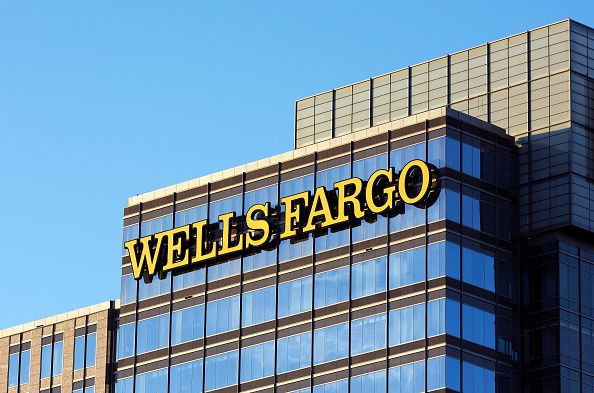Wells Fargo Problem Loans Jump 62 Percent, Driven By Energy Sector

Wells Fargo & Co. racked up a 62 percent increase in potentially problematic loans, mainly to oil and gas companies, according to its first-quarter regulatory financial filing released on Wednesday.
Loans regulators define as "criticized" rose to nearly $30 billion as of March 31 from about $18.5 billion at the end of 2015, the filing said. The remaining $290.5 billion of Wells Fargo's commercial and industrial loan portfolio was classified as "pass."
Criticized loans range from those with potential weaknesses to essentially worthless ones that should no longer count as assets on bank balance sheets.
Wells Fargo's total energy-related exposure, including funded and unfunded loans, decreased $317 million to $43.5 billion in the quarter, the filing said.
Wells Fargo and other banks have beefed up reserves for possible loan losses as sharply lower oil prices have made it difficult for energy companies to repay their debts. Wells Fargo has been one of the most aggressive large banks in providing equity and second lien financing to small exploration and production companies in the sector.
In its quarterly filing on Friday, JPMorgan Chase & Co. said its criticized loans to the oil and gas industry more than doubled to $9.7 billion at the end of March. Wells Fargo did not specify what portion of its oil and gas loans were criticized.
JPMorgan's overall criticized loans rose to about $21.2 billion from $14.6 billion at year-end, a 45 percent increase.
© Copyright Thomson Reuters 2024. All rights reserved.




















